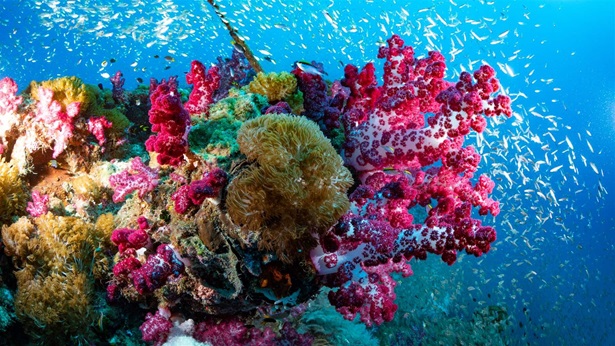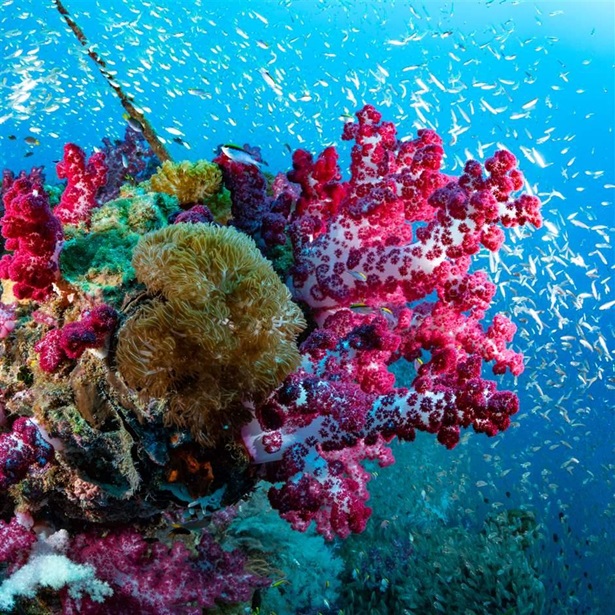With Ambitious Conservation Action, Governments Can Help Nature—and People—Thrive
World Conservation Congress to consider science-based motion to protect at least 30% of global ocean
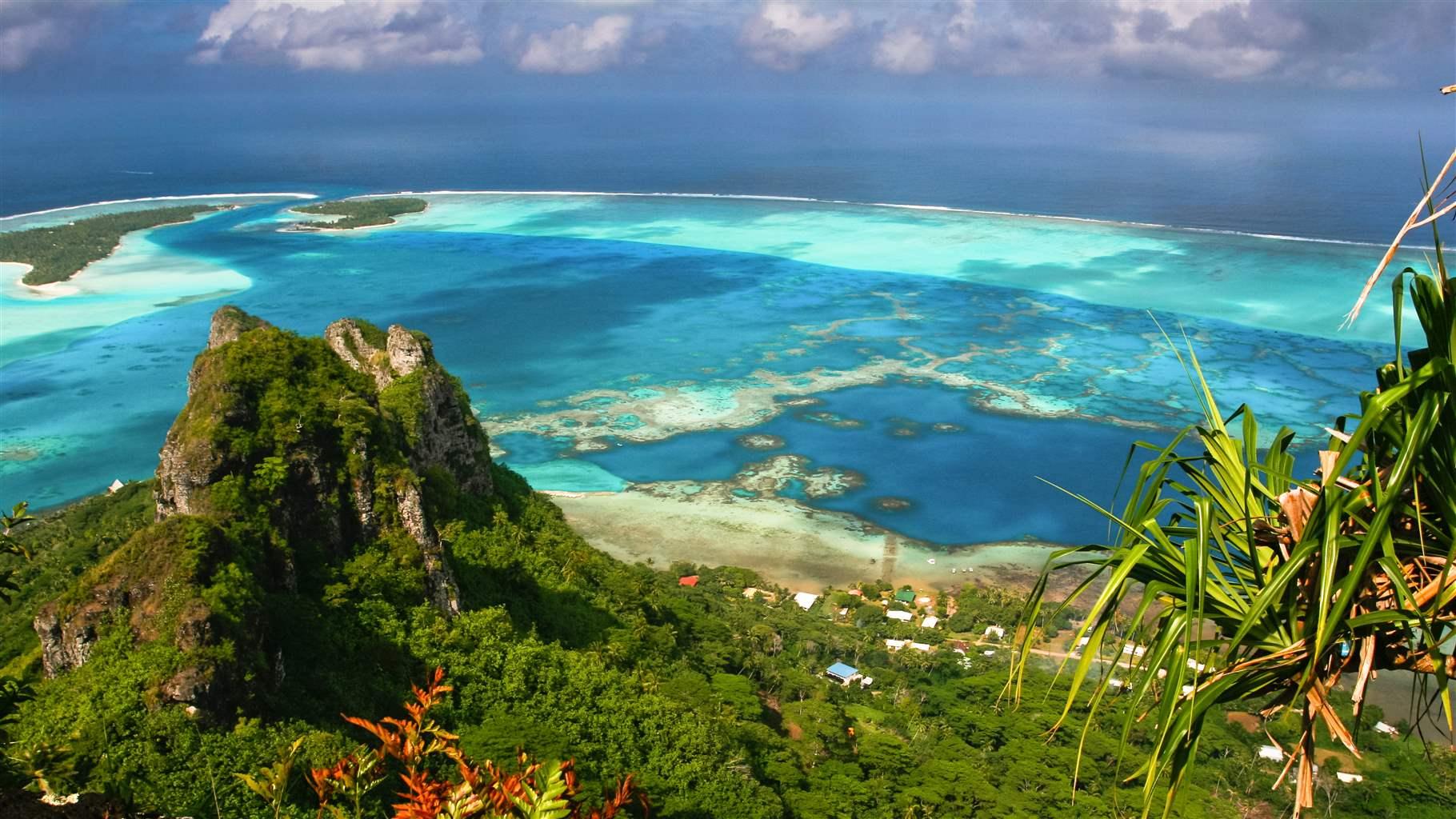
Our planet is home to wonderfully diverse natural habitats that support a huge array of life and provide innumerable benefits to humankind. Yet nature is deteriorating faster than at any time in recorded history due to human activity, including overexploitation of natural resources and climate change.
A large and growing number of scientific studies show the need for urgent action to reverse biodiversity decline, restore ecosystems, and stabilize the climate so that people and wildlife can continue to thrive on Earth. To help accomplish that, members of the International Union for Conservation of Nature (IUCN) will meet at the 2021 World Conservation Congress, which starts Sept. 3 in Marseille, France, to consider an important motion (Motion 101) that would call on governments to set an ambitious, global area-based conservation targets.
Specifically, the motion calls for protecting and sustainably managing at least 30% of Earth’s terrestrial and ocean ecosystems—with some IUCN members advocating for this target to be increased to 50%. The motion advocates for including these protection targets in the post-2020 global biodiversity framework, intended to halt the decline of global biodiversity over the next decade, which is currently under negotiation by the Conference of the Parties to the Convention on Biological Diversity. The motion also urges governments to focus on the quality of protections and to prioritize key areas for biodiversity while recognizing the important role that Indigenous peoples and local communities play in conserving Earth’s remaining wild spaces.
The World Conservation Congress occurs every four years, with members voting on pressing conservation and sustainable development issues. Votes are cast by the IUCN’s highest decision-making body—the Members’ Assembly—which includes more than 1,400 government, civil society, and Indigenous peoples’ member organizations from more than 170 countries.
This motion builds on a previously agreed resolution from 2016 that called on IUCN members to protect marine habitats, and reflects growing agreement among government leaders, Indigenous groups, communities, and scientists on the need to protect at least 30% of marine habitats by 2030. Its successful passage at the World Conservation Congress could facilitate the adoption of more ambitious, science-based policies to protect nature across the globe and catalyze protections in national and international waters.
Marine protected areas (MPAs) and other effective area-based conservation measures (OECMs) are the key policy tools through which nations meet global area-based ocean conservation targets. With effective and well-managed implementation, these tools can help nature and people thrive.
According to the U.N.’s World Database on Protected Areas, about 7.74% of the global ocean is currently protected, the vast majority of which is within MPAs. Some of these areas are fully protected, while others permit various activities, including fishing by Indigenous peoples and sustainable commercial extraction. Others contravene international standards for protected areas by allowing damaging extractive activities such as mining and industrial fishing. In comparison, 16.65% of terrestrial habitats are protected, with varying restrictions on activities. Ultimately, only a small proportion of these conservation areas are highly protected by law—the level needed to achieve maximum ecological benefits.
As many as 1 million species are at risk of going extinct in the coming decades, according to a United Nations report. Further, 75% of terrestrial and 66% of marine environments have been significantly altered by human actions. Reversing this damage will take swift, ambitious policy action by leaders across the planet to establish a global network of protected areas.
Any motions passed at the World Conservation Congress will define the general policy of IUCN over the next few years and help governments around the world solve some of our greatest sustainability challenges. Passing Motion 101 would be a critical step toward turning ambition into actions that ensure a sustainable future.
Johnny Briggs works on the Pew Bertarelli Ocean Legacy Project.


America’s Overdose Crisis
Sign up for our five-email course explaining the overdose crisis in America, the state of treatment access, and ways to improve care
Sign up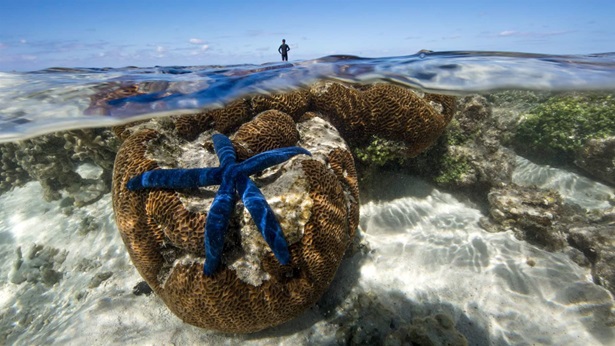

Powerful Benefits of Fully Protected Ocean Areas
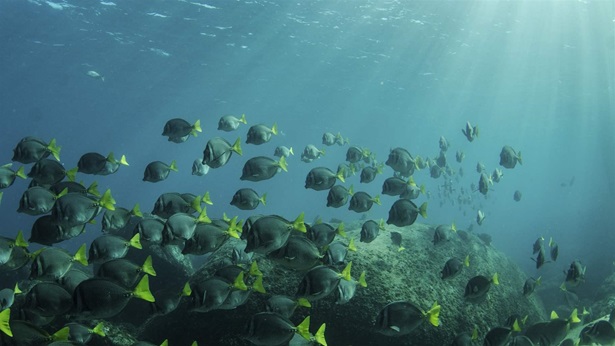
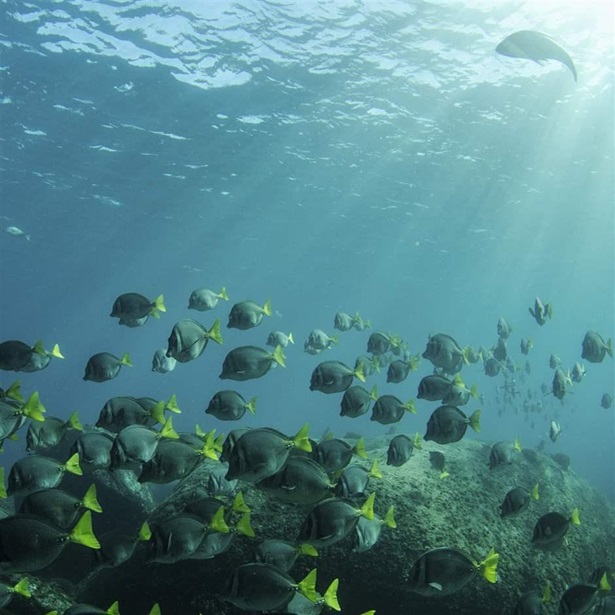
Global Support to Protect at Least 30 Percent of the Ocean
